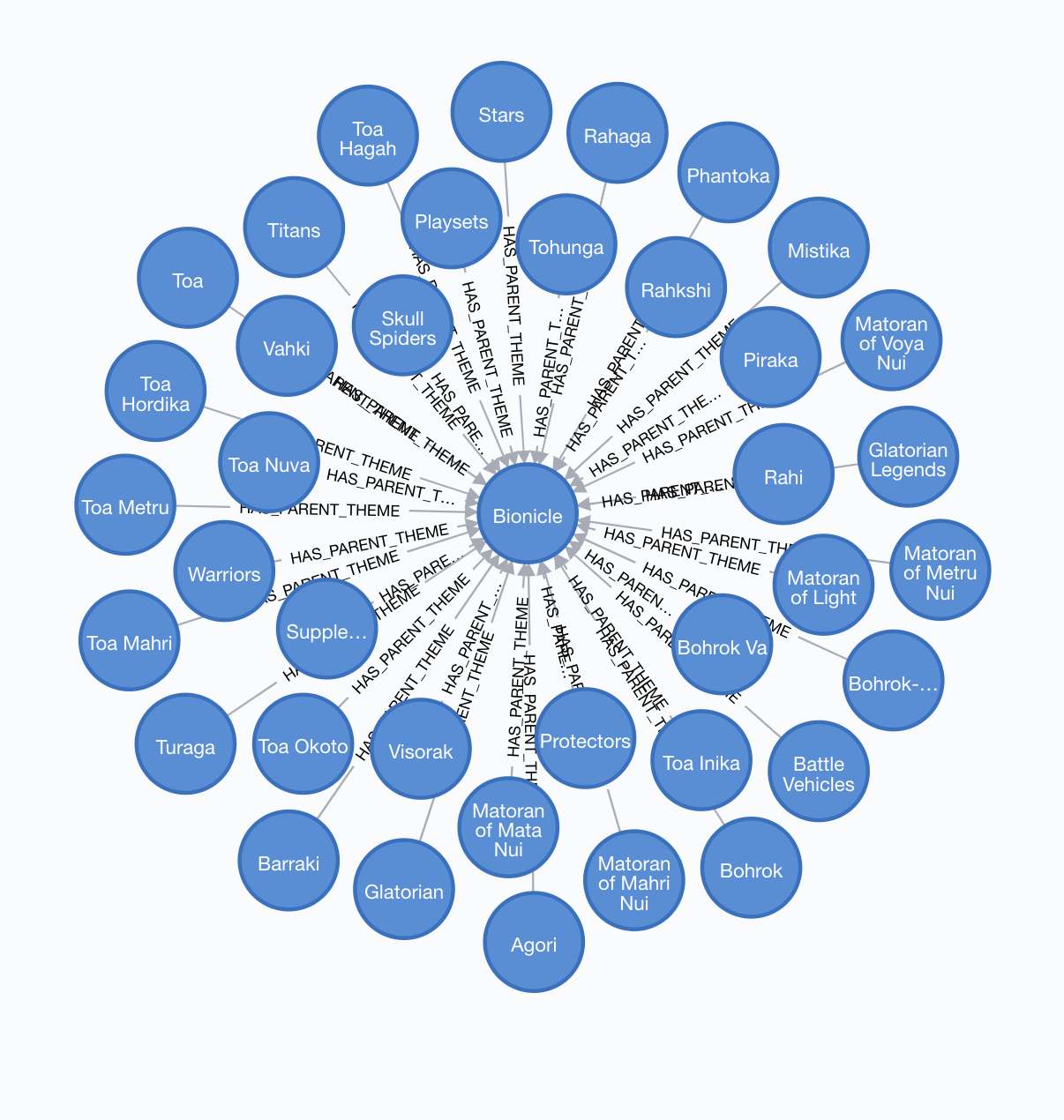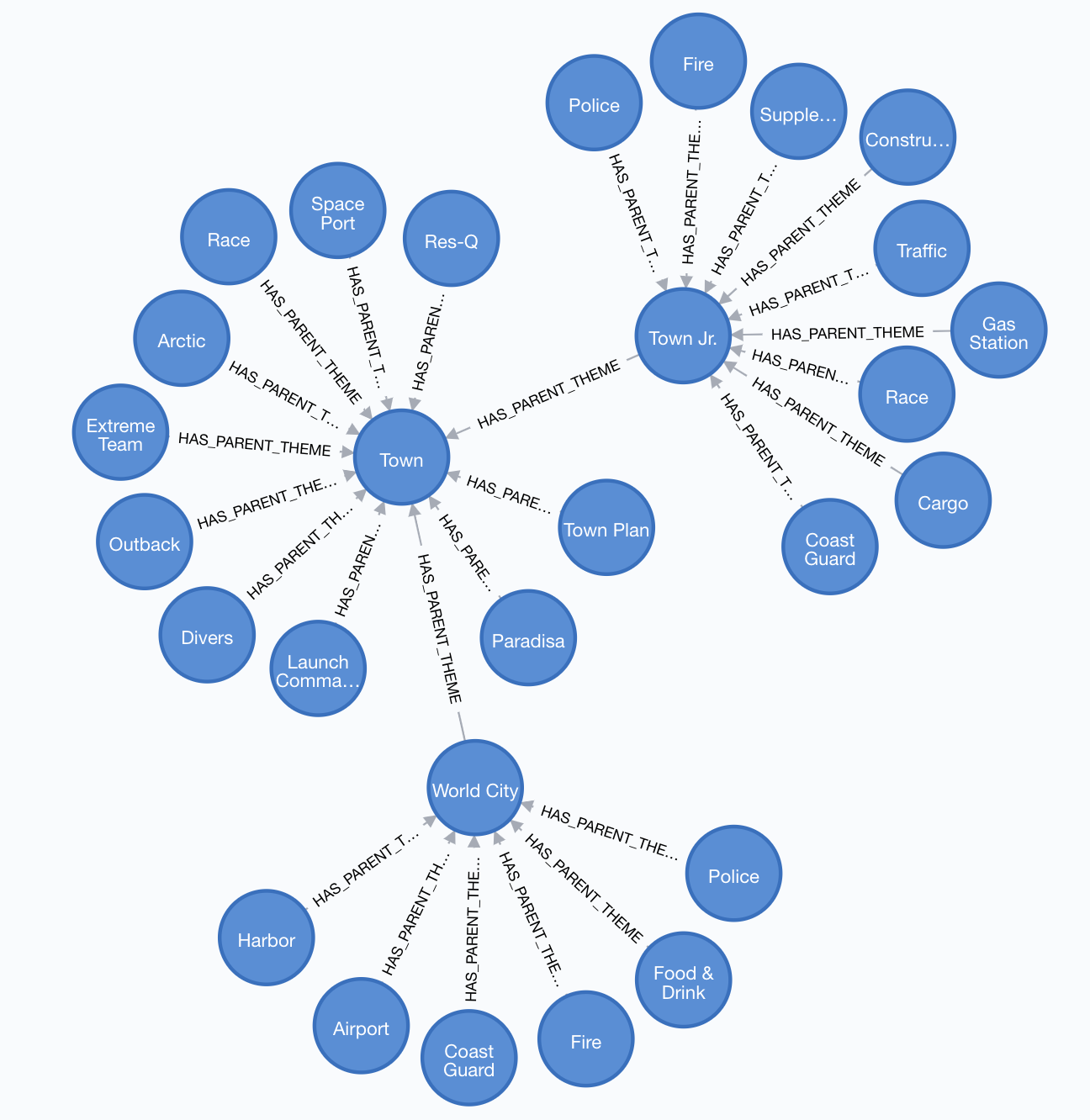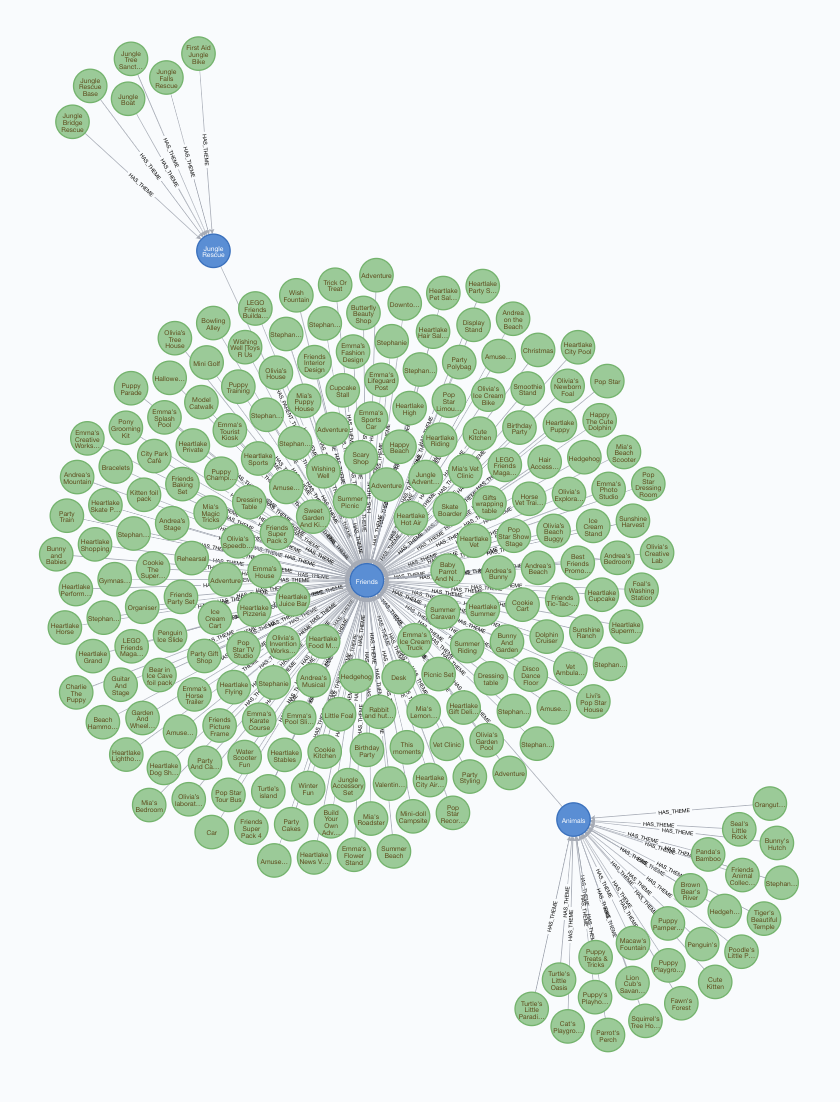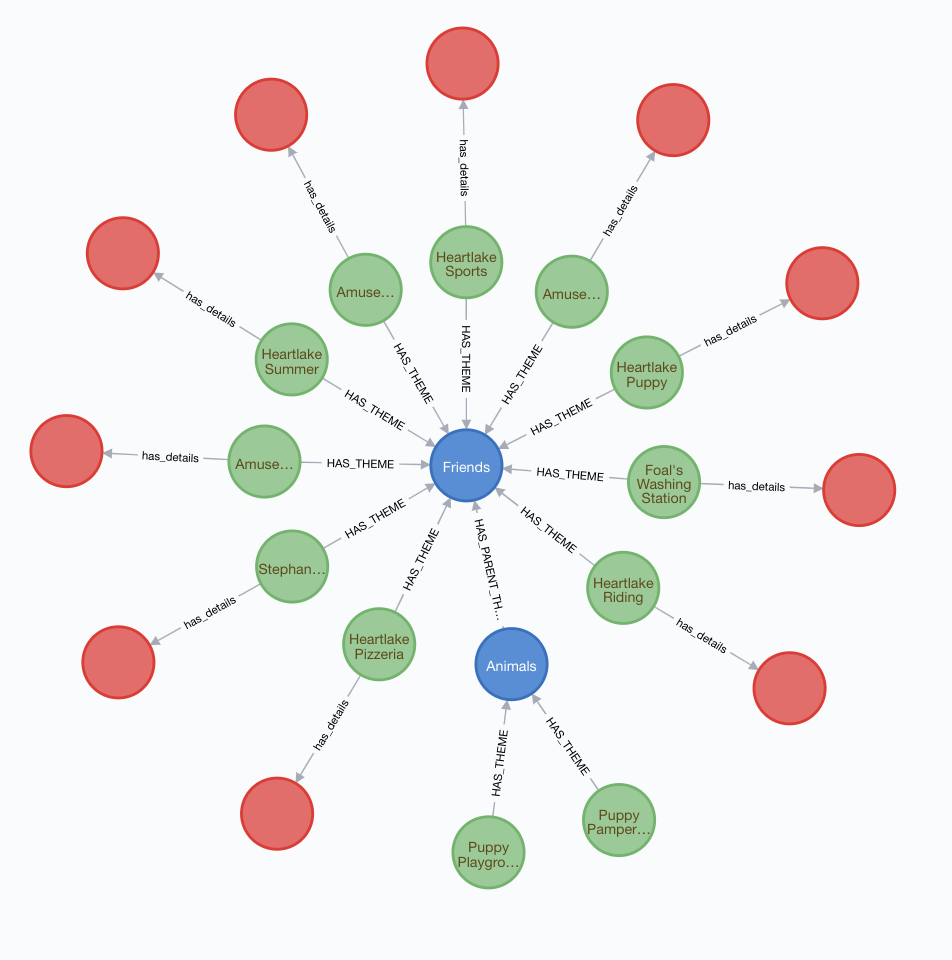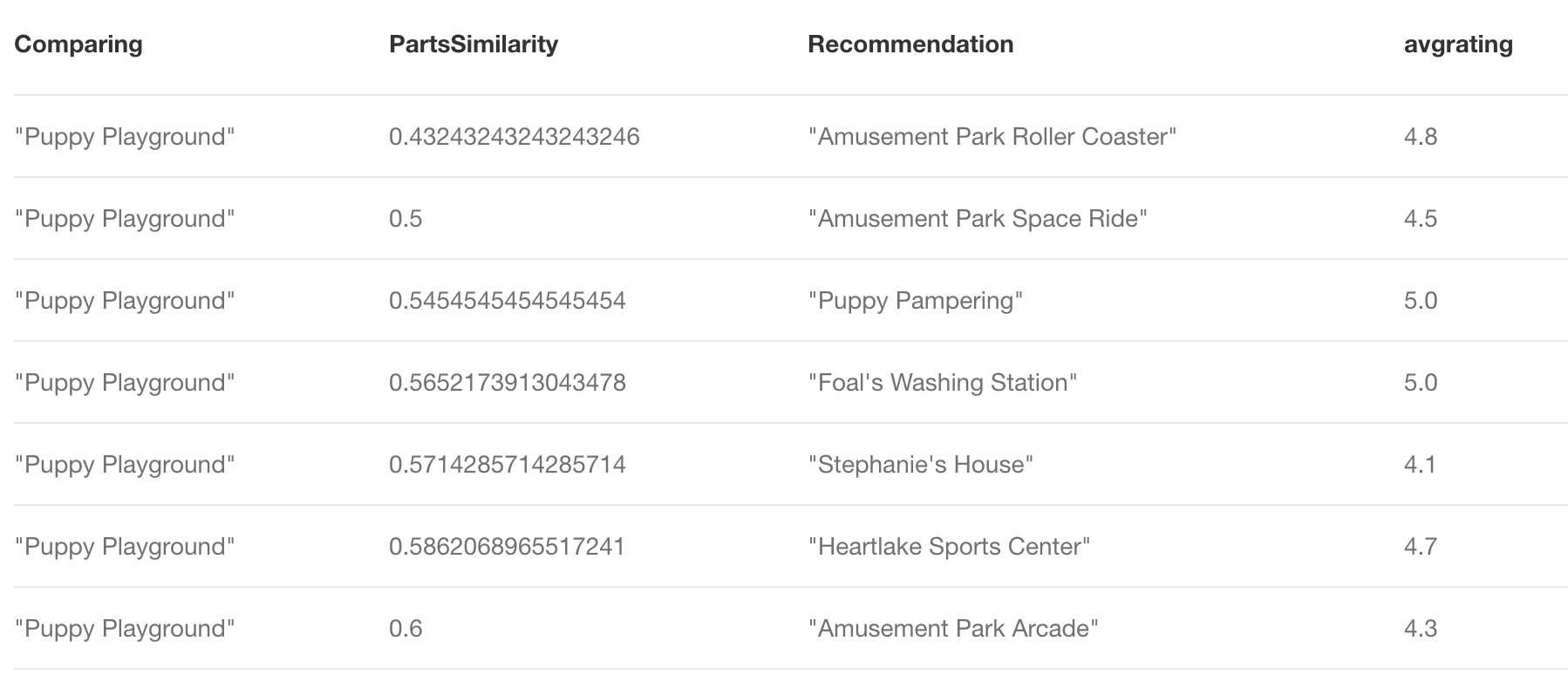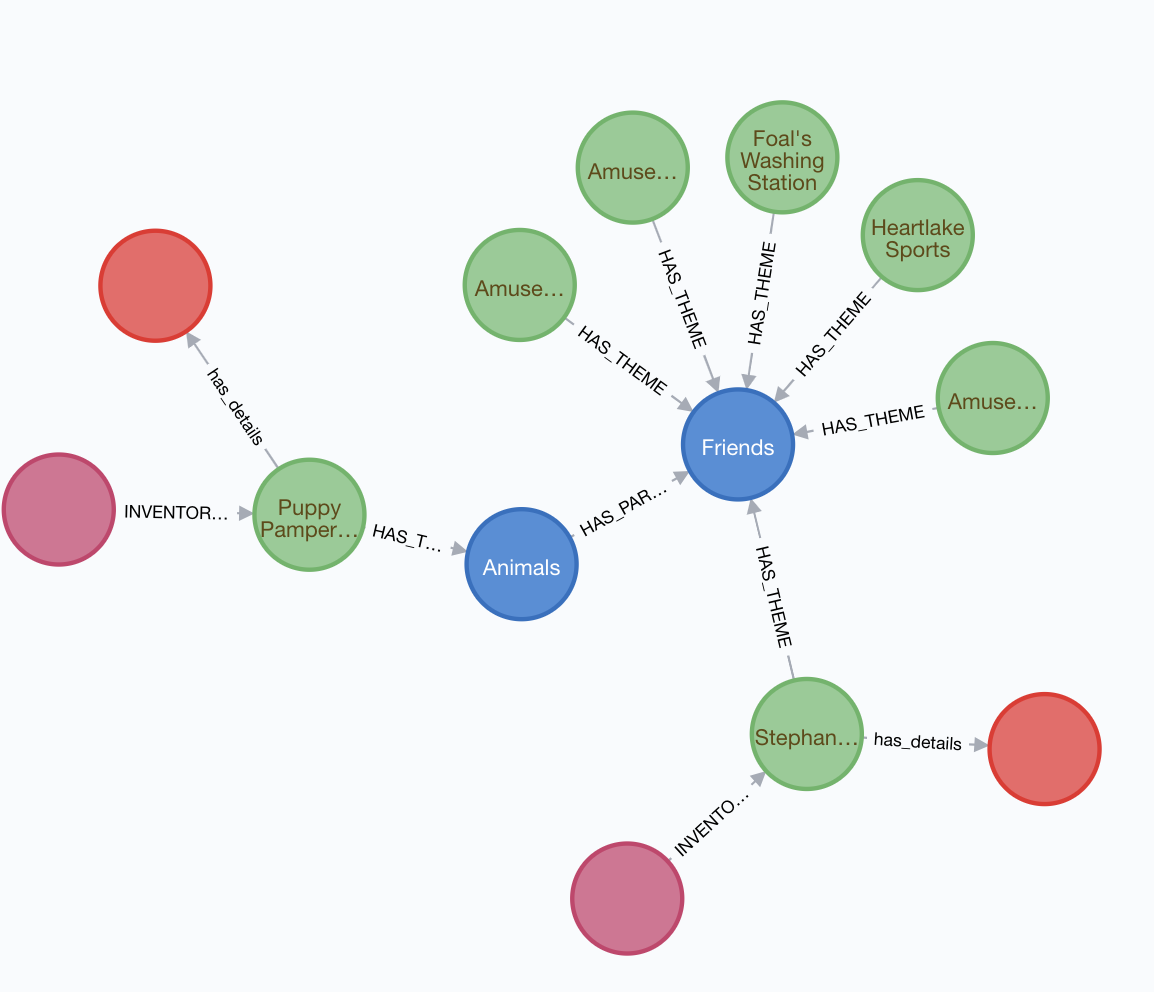In this project, I have dived deep into understanding the connectedness of the large and complex nature of networks between sets and themes in the world of Lego using Graph database technology of Neo4j.
The problem identified here is that Lego sets have shown decline in sales for past few years limiting the shelf space for newer products. 2018 saw the first decline in sales since a decade highlighting the need for Lego to make a shift in their marketing strategies for a turnaround in coming years.
Using the world of graphs, we can offer multiple analytical solutions to drive business decisions at Lego. This ranges from recommender systems to smart inventory management. For this project, I mainly focused on the recommender system solution.
My solution is to design a recommender system which is able to provide personalized real time recommendations and help uncover some relevant patterns and insights using Cypher and Graph algorithms to help improve the sales of Lego sets.
This repository will take you through the queries written in Cypher and the corresponsing output of the business queries which form the framework of my proposed recommendation system
Here we have Sets, Themes, Inventory, Invetory Part, Color, PartCategory and Part. Unlike in RDBMS/NoSQL where recursive join operations are used to extract connectedness in data, Graph database allows us to extract relevant information using in-built relationships which give a boost to the performance time and speed of some complex queries which I have gone through in this project.
Two additional datasets (CSV files) were incorporated in the graph database using LOAD CSV functionality in cypher to enhance the relevance of a recommender system. The relevant data was merged in the graph database in form of "Features" and "Information" node labels. The queries to make the necessary transformation from text file to graph format can be found in https://github.com/MB4511/Knowledge-Graph---Lego-Database/blob/master/Lego-Additional%20Data%20Ingestion.cql.txt. Below is how the updated graph database looks like.
The above snap from GraphXR visualization shows how sets have formed a network as they are developed on a theme where these themes themselves have a parent/central theme attached which really forms the core component for a recommender system to unravel. The visualization capability of Neo4j and graph database in general can be beneficial for some complex pattern identification which I have gone through using some insightful cypher queries in https://github.com/MB4511/Knowledge-Graph---Lego-Database/blob/master/Lego-Complex%20queries:%20Recom%20System.cql.txt.
Here are a few insightful cypher queries which capture some deep level relations between the entities in a matter of few milliseconds to a few seconds. For more queries, refer to https://github.com/MB4511/Knowledge-Graph---Lego-Database/blob/master/Lego-Exploration%20Queries.cql.txt
match (s:Set)-[:HAS_THEME]-(t:Theme) with s.year as year, t.name as theme, count(t.name) as frequency order by year desc, frequency desc return year, collect(theme)[0..3] as listofthemes
Runtime: 0.2 seconds
It is interesting to note that there has been a shift from traditional building bricks concept in themes like Basic set, supplemental (which were more popular in late 90s and early 2000s) to more digital experience based sets revolving around Batman, Star Wars, Ninjago etc in recent years.
The output can be accessed using https://github.com/MB4511/Knowledge-Graph---Lego-Database/blob/master/top3themesperyear.csv file
MATCH (Set)-[:HAS_THEME]-(Theme),(Set) -[:has_features]- (features) where Theme.name in ['Star Wars','Batman','Basic Set','Ninjago','Friends','Duplo','Easter','Technic']
with Theme.name as theme, avg(tofloat(features.price)) as avgprice order by Theme.name
MATCH (Set)-[:HAS_THEME]-(Theme),(Set) -[:has_details]- (information)
where Theme.name in ['Star Wars','Batman','Basic Set','Ninjago','Friends','Duplo','Easter','Technic']
with theme, avgprice, Theme.name as themetwo, avg(tofloat(information.star_rating)) as avgrating order by themetwo
where theme=themetwo
return theme, avgprice, avgrating order by avgrating desc
Runtime: 4.8 seconds
Interesting to note that the themes revolving around digital space which have been more popular in recent times have recieved slightly lower ratings on average than the earlier ones such as basic set, duplo etc. Price wise the avg has not changed significantly over the years, this could be due to the fact that a lot of minifigs in these themes have started to develop which are not priced too high bringing the average price lower.
MATCH (Color) < - [:HAS_COLOR]-(InventoryPart)-[:ASSOCIATED_INVENTORY]->(Inventory)-[:INVENTORY_FOR]->(Set)-[:HAS_THEME]-(Theme)
RETURN Theme.name as theme, count(distinct Color.name) as distinctcolors order by distinctcolors desc
runtime: 2.6 seconds
This query on any relational database format would require 4 joins and aggregation of count which would be time consuming but cypher is able to execute this query in a few seconds by extracting relationship path from colors to themes.
The output can be accessed using https://github.com/MB4511/Knowledge-Graph---Lego-Database/blob/master/distinctcolorspertheme.csv
MATCH (Color) < - [:HAS_COLOR]-(InventoryPart)-[:ASSOCIATED_INVENTORY]->(Inventory)-[:INVENTORY_FOR]->(Set)-[:HAS_THEME]-(Theme)
WITH Theme.name as theme, Color.name as color, count(*) as usage order by theme, usage desc
WHERE theme in ['Basic Set','Supplemental','Classic Town','Batman','Ben 10','Star Wars','Friends'] Return theme, collect(color)[0..5] as top5colorsused
runtime: 3.2 seconds
Here we notice that how over the years tertiary colors like Light Bluish Gray, Dark bluish gray, Tan, Medium Azure have become important colors in making of sets revolving around entertainment themes whereas earlier themed sets mainly relied on the primary colors of red, green, yellow, white.
MATCH (pc:PartCategory)< -[:HAS_PART_CATEGORY]-(p:Part)< -[:FOR_PART]-(ip:InventoryPart)-[:ASSOCIATED_INVENTORY]-(inv:Inventory)-[:INVENTORY_FOR]- > (s:Set)-[:HAS_THEME]-(t1:Theme)
where t1.name in ['Friends','Batman','Basic Set','Supplemental','Duplo','Star Wars']
with t1.name as Themename, pc.name as PartCategory, count(*) as frequency order by Themename, frequency desc return Themename, collect(PartCategory)[0..3] as Top3parts
runtime: 0.4 seconds
This query runtime really shows the power of cypher to calculate intricate relationships in data and perform quick aggregations in no time. A traditional database would require 6 joins (part category to theme) highly degrading the performance of query.
The output here shows us how modern day themes are using more and more plates and minifigs replacing the dominance of bricks in the lego sets to some extent.
I spent a lot of thought in deciding an effective framework for a recommender system taking into account relevance and diverse nature of recommendations since Toy industry relies on the concept of newness to attract the attention of kids and young teens and even parents who ultimately make the buying decision most of the times. Here the concept of similarity is key. The question really is on what basis can we identify 2 sets similar? It could be color, rating, price of set, recency of the manufactured set etc. I finally decided to use similarity on the basis on the parts the sets contain since parts become the building blocks of a set.
A lot of cypher queries to get insights on similarity between sets on different attributes can be found in https://github.com/MB4511/Knowledge-Graph---Lego-Database/blob/master/Lego-Complex%20queries:%20Recom%20System.cql.txt
Here I will go through some of them and the final recommendation query.
For demonstration purposes I would like to find recommendations for a set named 'Puppy Playground'
Set: Puppy Playground
MATCH (s:Set{name:'Puppy Pampering'})-[:HAS_THEME]->(t:Theme)<-[:HAS_THEME]-(rec:Set)
RETURN rec
Here all the recommendations are based on the same themed sets. So all other sets which belong to Animals theme act as recommendations.
However, this is quite a naive recommender system and does not really capture true relevance of connectedness of themes in the network which led me to work on the heirachical nature of themes.
CALL algo.louvain.stream("Theme", "HAS_PARENT_THEME", {}) YIELD nodeId, community
MATCH (t:Theme) WHERE EXISTS(t.louvain) RETURN DISTINCT t.name as entity, t.louvain AS louvain LIMIT 25 UNION ALL MATCH ()-[r]-() WHERE EXISTS(r.louvain) RETURN DISTINCT "relationship" AS entity, r.louvain AS louvain LIMIT 25
Helps us identify hierarchy of themes by grouping them in communities
MATCH (t:Theme) WITH t ORDER BY t.louvain, t.pagerank DESC // Return top 10 ranked themes grouped by community WITH t.louvain AS community, collect(t.name) AS themes RETURN community, themes[..10], size(themes) as sizeofcommunity ORDER BY size(themes) DESC
The output can be accessed using https://github.com/MB4511/Knowledge-Graph---Lego-Database/blob/master/louvaincommunity.csv
However, the best way to understand the gritty knitty of Louvain community detection algorithm is to visualize the communities in Neuler/Graph algorithm playground by Neo4j. It allows us to see the importance of nodes in these communities through various angles. Degree and pagerank are two such factors which helps evaluate how themes are connected to each other and which themes are more influential in the network of themes.
Here we observe that 38 other themes have BIONICLE as their parent theme. So degree of Bionicle theme is 38.
Town-Most Important Theme based on influence levels (connectivity with other parent themes/second degree connections)
Town on the other hand has 14 direct connections with themes for which it is a parent theme. Hence degree of Town theme is 14. However, page rank score of Town (7) is higher than that of Bionicle (4.99). This is because of these 14 connections, Town is connected to more influential themes which here means that some of these themes themselves act as a parent theme for many other themes. This really helps us understand how these different themes are connected and how can we use this heirarchy of themes to introduce it in our recommender system.
Continuing efforts to recommend sets similar yet diverse to Puppy Playground we use heirarchy of themes using variable length path of the Animals theme.
MATCH (S:Set{name:'Puppy Playground'})
MATCH path=(S)-[*1..2]- > (t:Theme) < - [*1..2] - (rec:Set)
Return *
Returns 223 sets containing Animals, Friends or Jungle Rescue as their theme since these three themes form a heirarchical community.
But, the first thing that comes to mind here is that 223 recommendations is taking us back to the core of the problem i.e. too many sets per theme. Therefore we need to use this context of heirarchy nature of themes with relevance and filtering out the most important or likely recommendations based on the user. Since we do not have user/customer information on purchases and demographics for now, we can filter using features like customer rating and item-similarity (set similarity in this case) metrics.
Recommendation 3- filtering relevance out of the Heirarchical themes on the basis of avg ratings given by users to sets
MATCH (S:Set{name:'Puppy Playground'})
MATCH path=(S)-[*1..2]- > (t:Theme) < - [*1..2] - (rec:Set) -[:has_details] ->(i:information) WHERE tofloat(i.star_rating) > 4.0
RETURN * order by i.star_rating desc
By filtering for the sets which have recieved over 4 star rating from these 3 themes of a community we are left with just 12 sets of recommendation.
MATCH (pc:PartCategory)< -[:HAS_PART_CATEGORY]-(p:Part)< -[:FOR_PART]-(ip:InventoryPart)-[:ASSOCIATED_INVENTORY]-(inv:Inventory)-[:INVENTORY_FOR]- > (s1:Set)
where s1.name= 'Puppy Playground'
with s1.name as setone, toint(pc.id) as PartCategoryIdone, count() as occurenceone order by occurenceone desc
with setone, collect(PartCategoryIdone) as listofpartcategoryone
MATCH (pc:PartCategory)< -[:HAS_PART_CATEGORY]-(p:Part)< -[:FOR_PART]-(ip:InventoryPart)-[:ASSOCIATED_INVENTORY]-(inv:Inventory)-[:INVENTORY_FOR]- > (s1:Set)-[:HAS_THEME]-(t1:Theme)
where t1.name in ['Friends','Jungle Rescue','Animals']
with setone, listofpartcategoryone, s1.name as settwo, toint(pc.id) as PartCategoryIdtwo, count() as occurencetwo order by occurencetwo desc
with setone, listofpartcategoryone, settwo, collect(PartCategoryIdtwo) as listofpartcategorytwo
Return setone as Set1, settwo as Set2, algo.similarity.jaccard( listofpartcategoryone, listofpartcategorytwo) AS PartSimilarityScore order by PartSimilarityScore desc
The output can be accessed using https://github.com/MB4511/Knowledge-Graph---Lego-Database/blob/master/partsimilarity.csv
Runtime: 1.9 seconds
Final Recommendations - Recommending novel, diverse and relevant sets by incorporating similarity and customer rating
MATCH (pc:PartCategory)< -[:HAS_PART_CATEGORY]-(p:Part)< -[:FOR_PART]-(ip:InventoryPart)-[:ASSOCIATED_INVENTORY]-(inv:Inventory)-[:INVENTORY_FOR]- > (s1:Set)
where s1.name= 'Puppy Playground'
with s1.name as Comparing, toint(pc.id) as PartCategoryIdone, count() as occurenceone order by occurenceone desc
with Comparing, collect(PartCategoryIdone) as listofpartcategoryone
MATCH (pc:PartCategory)< -[:HAS_PART_CATEGORY]-(p:Part)< -[:FOR_PART]-(ip:InventoryPart)-[:ASSOCIATED_INVENTORY]-(inv:Inventory)-[:INVENTORY_FOR]- > (s1:Set)-[:HAS_THEME]-(t1:Theme)
where t1.name in ['Friends','Jungle Rescue','Animals']
with Comparing, listofpartcategoryone, s1.name as Recommendation, toint(pc.id) as PartCategoryIdtwo, count() as occurencetwo order by occurencetwo desc
with Comparing, listofpartcategoryone, Recommendation, collect(PartCategoryIdtwo) as listofpartcategorytwo
with Comparing,Recommendation, algo.similarity.jaccard( listofpartcategoryone, listofpartcategorytwo) AS PartSimilarityScore with Comparing,Recommendation,PartSimilarityScore MATCH (S:Set)-[:has_details]-(I:information) where S.name = Recommendation with Comparing,Recommendation, PartSimilarityScore, avg(tofloat(I.star_rating)) as avgrating where PartSimilarityScore <= 0.60 and avgrating > 4.0 return * order by avgrating desc
Final Results - Tabular Format
Final Results - Graph Format
Finally this query brings everything together, the relevance by incorporating parts similarity between sets and diversity of the themes which are heirarchical in nature and using the ratings we can take well recieved sets into account. As a result, we get a list of these 7 recommendations in the recommendations column with their accompanying PartSimilarity score and avg rating recieved.
However, in calculating the similarity between Puppy Playground and all the sets in the community, I decided to go for sets which are not more than 60% similar and have a higher rating than 4. My rationale behind going for a lower similarity score between sets is due to the fact that newness of a lego set would largely depend on the parts it constitutes and personally I believe that offering newness in form of new and different parts and shapes to play with not only attracts the young kids and teens but also gives an incentive to parents to make a purchasing decision since this recommended lego set is a bit different in terms of parts it contains but relevant since it is related to the theme which the kid wants/likes.
These threshold values could be tweaked based on the performance of the recommender system over time but this framework can help Lego attract their customers who are missing out on the diverse set of products which are in store for them.
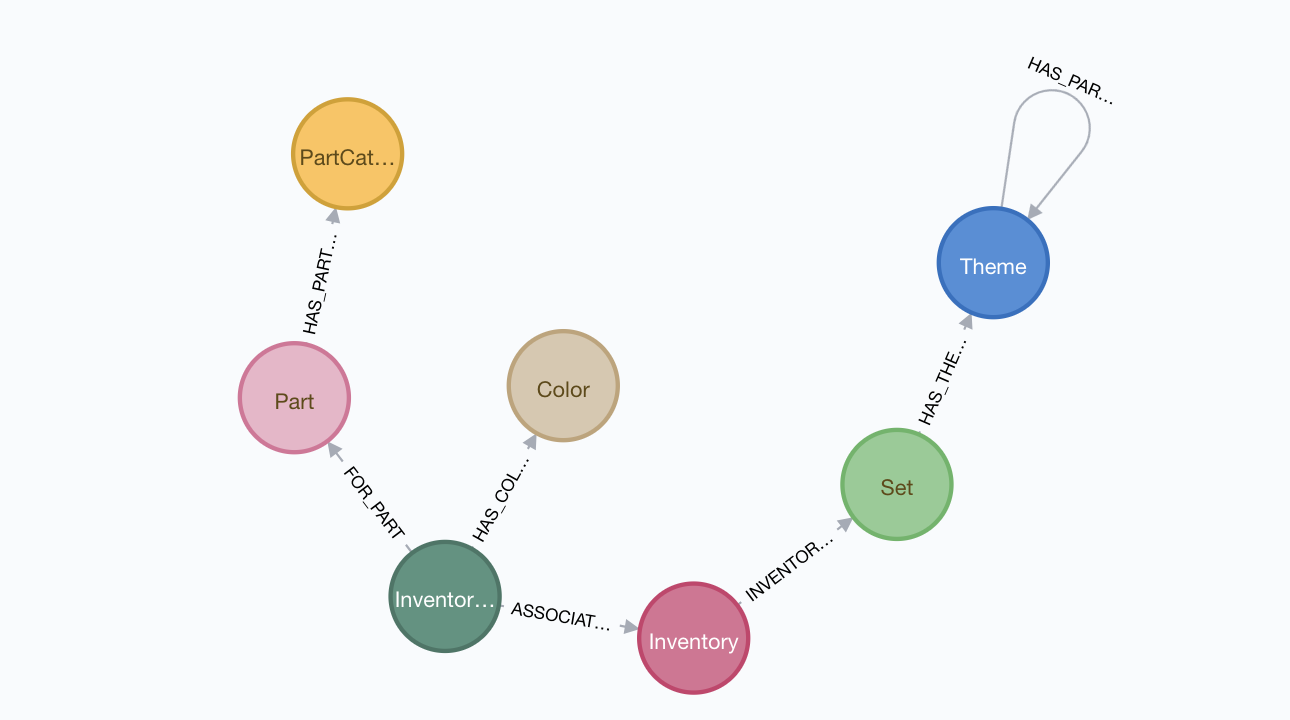
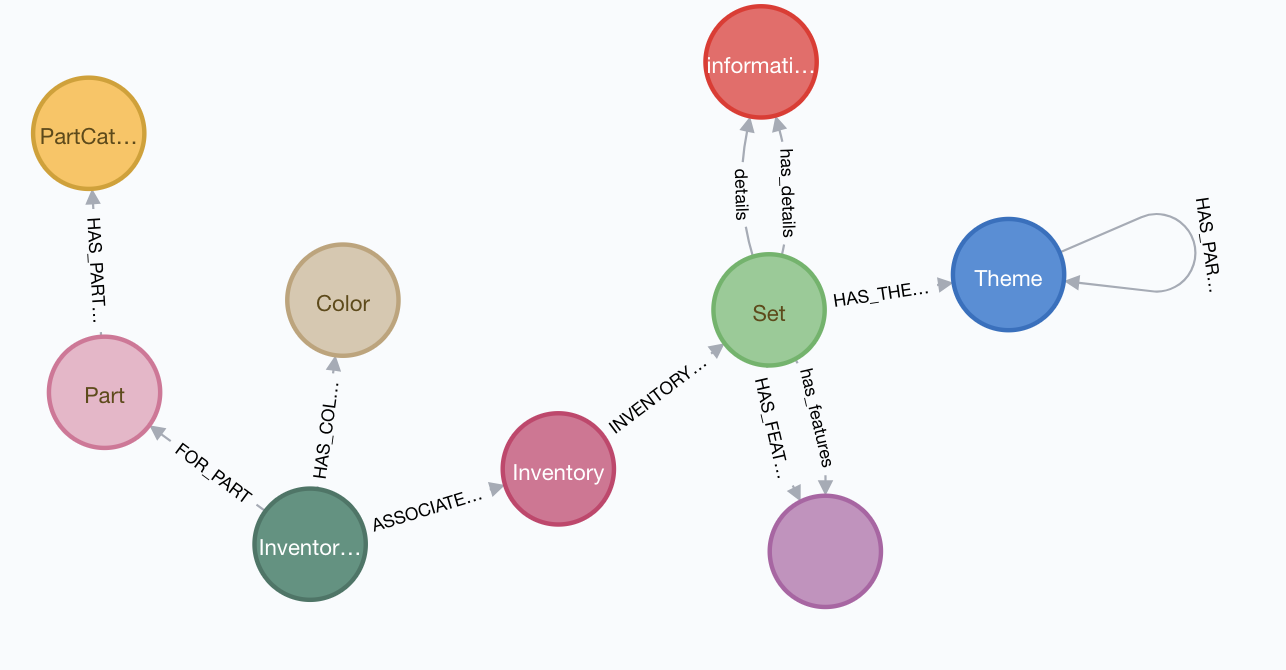
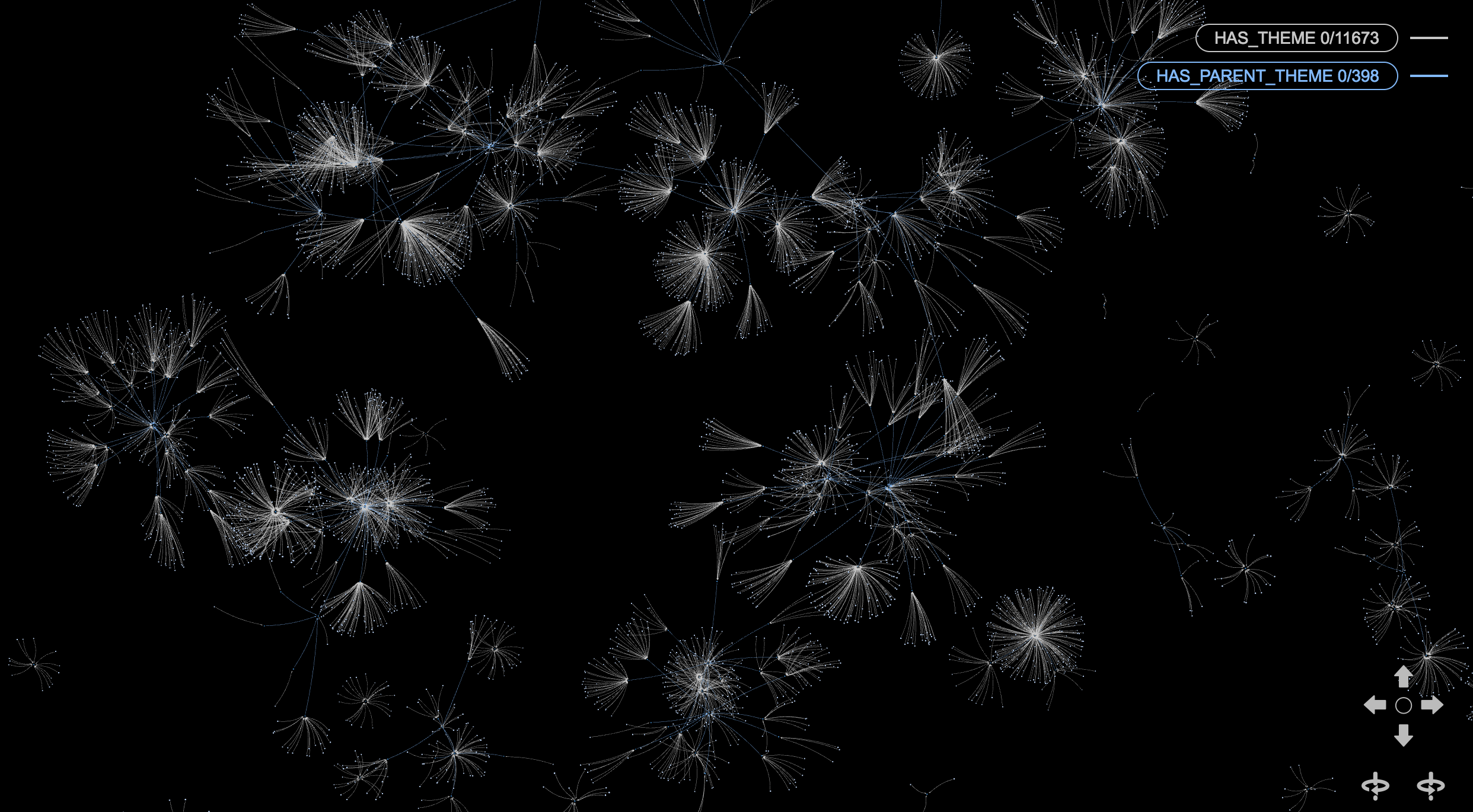
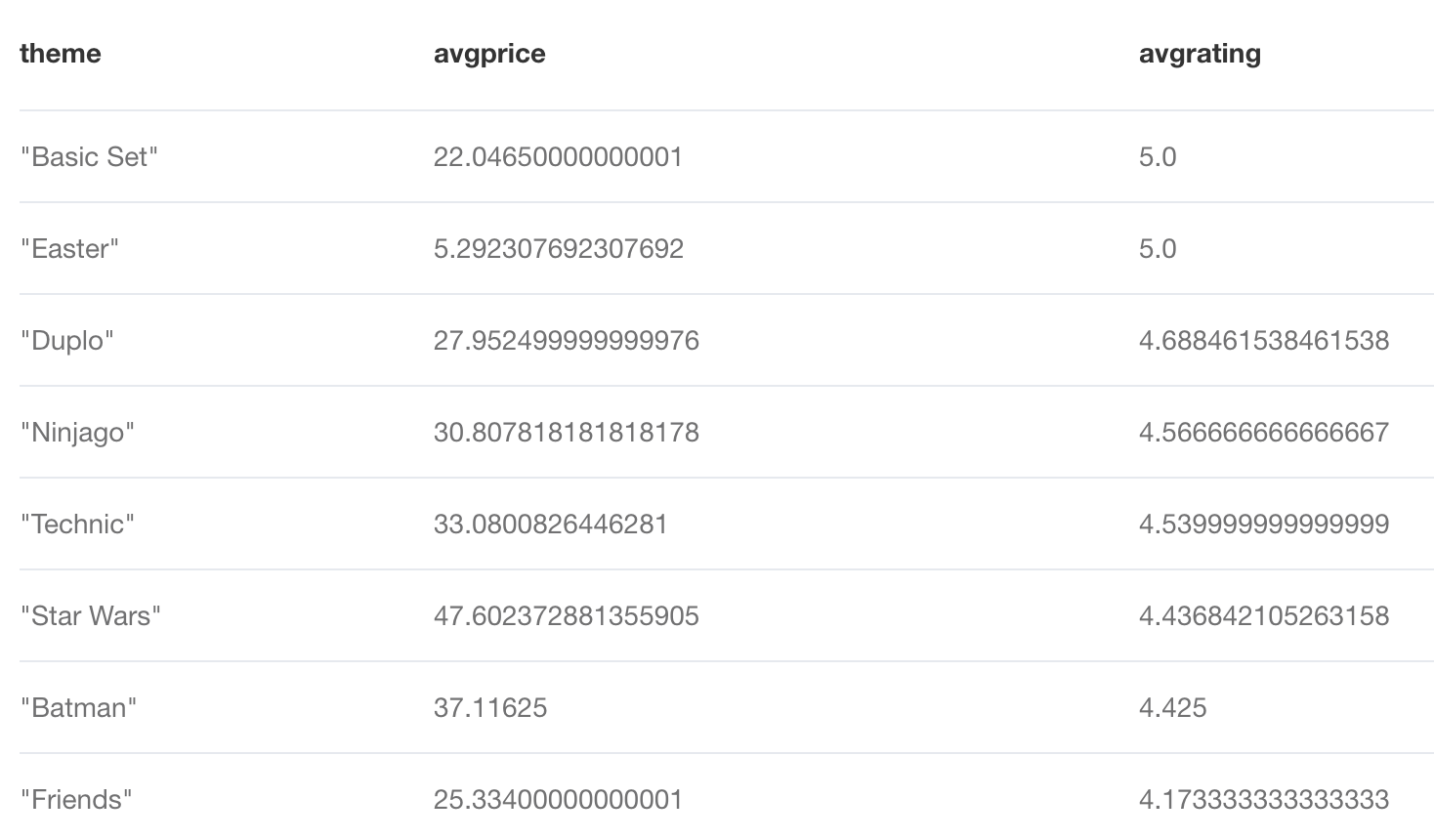
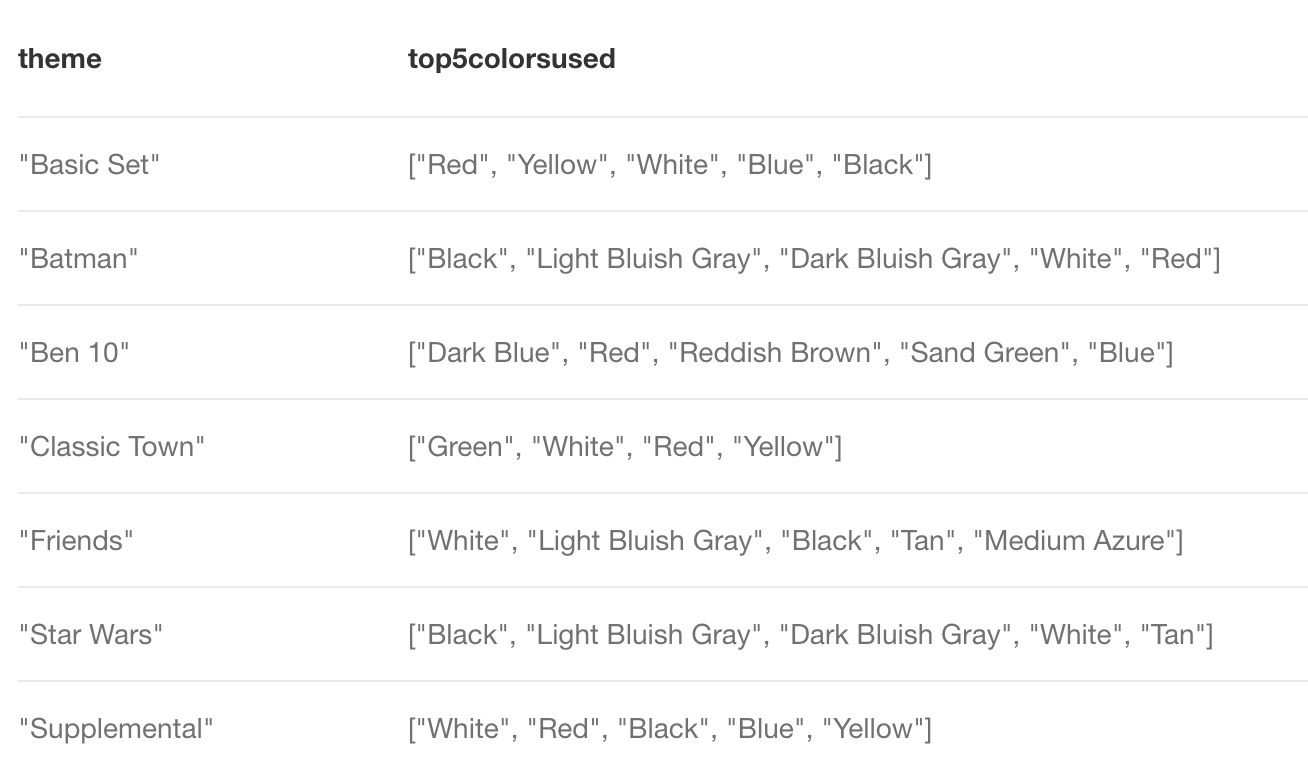
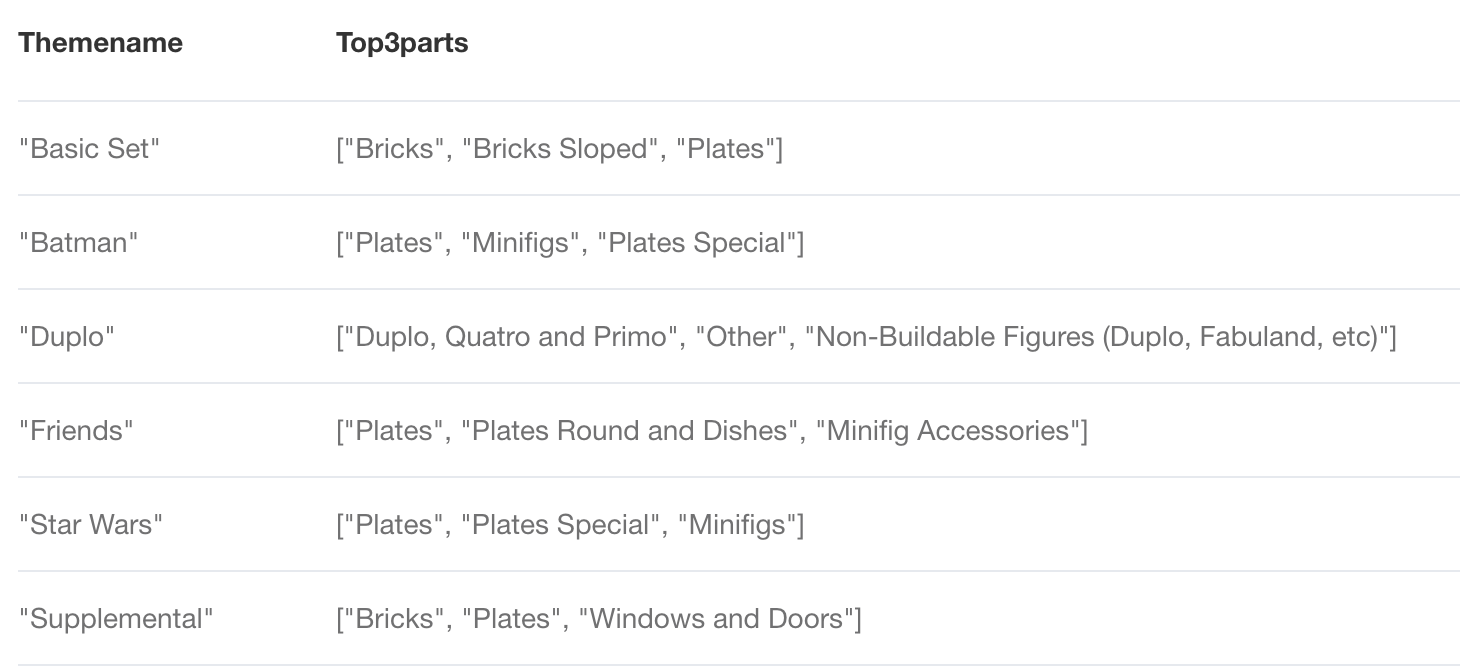
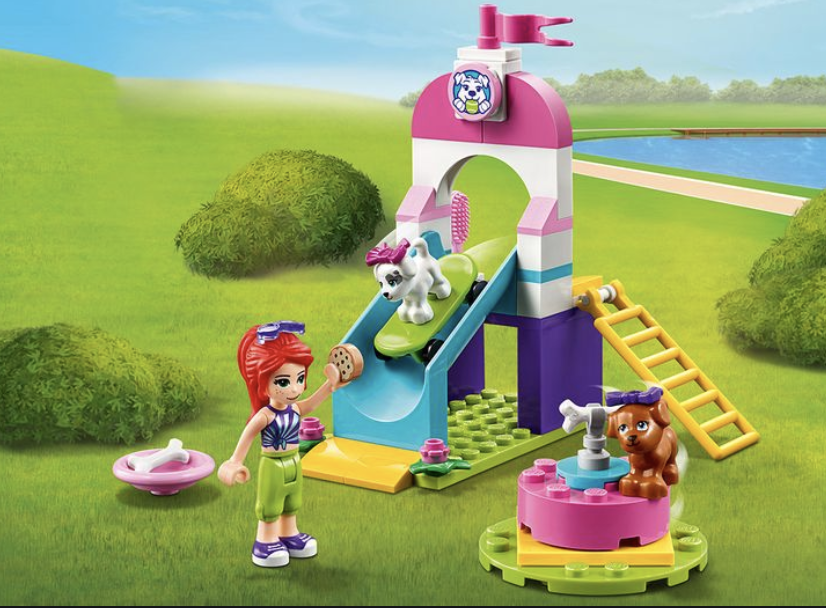
.png)
